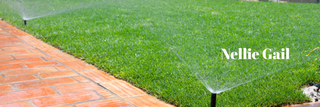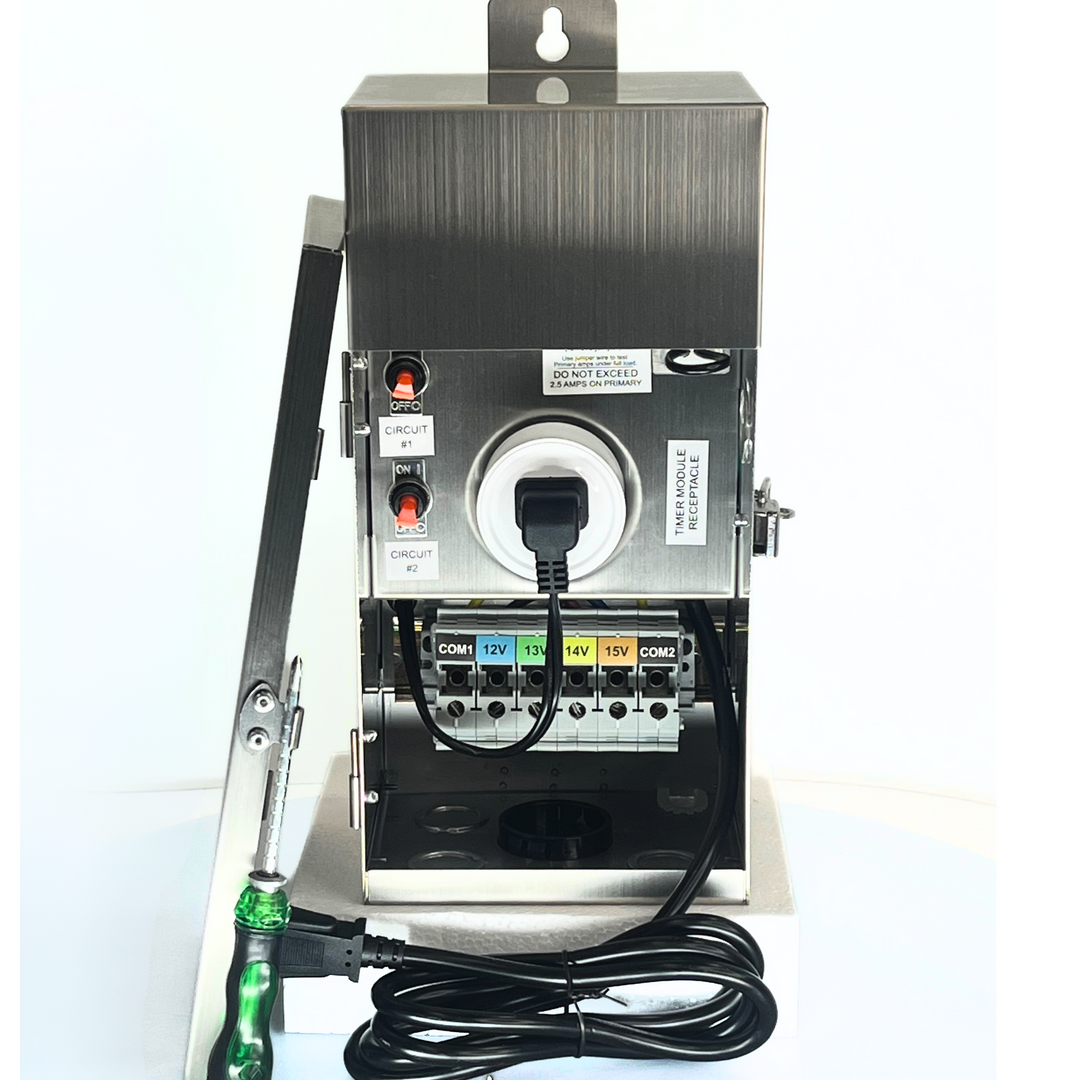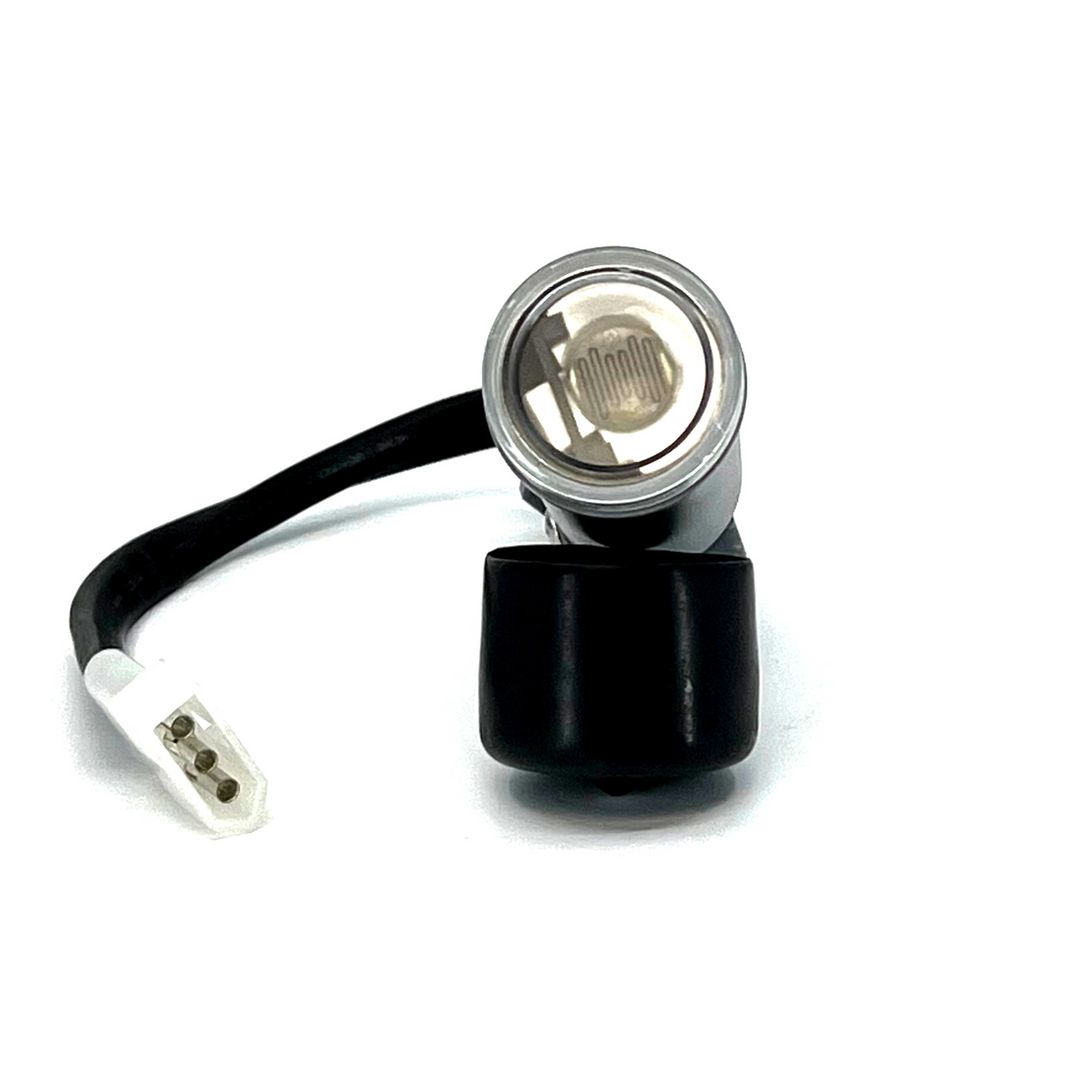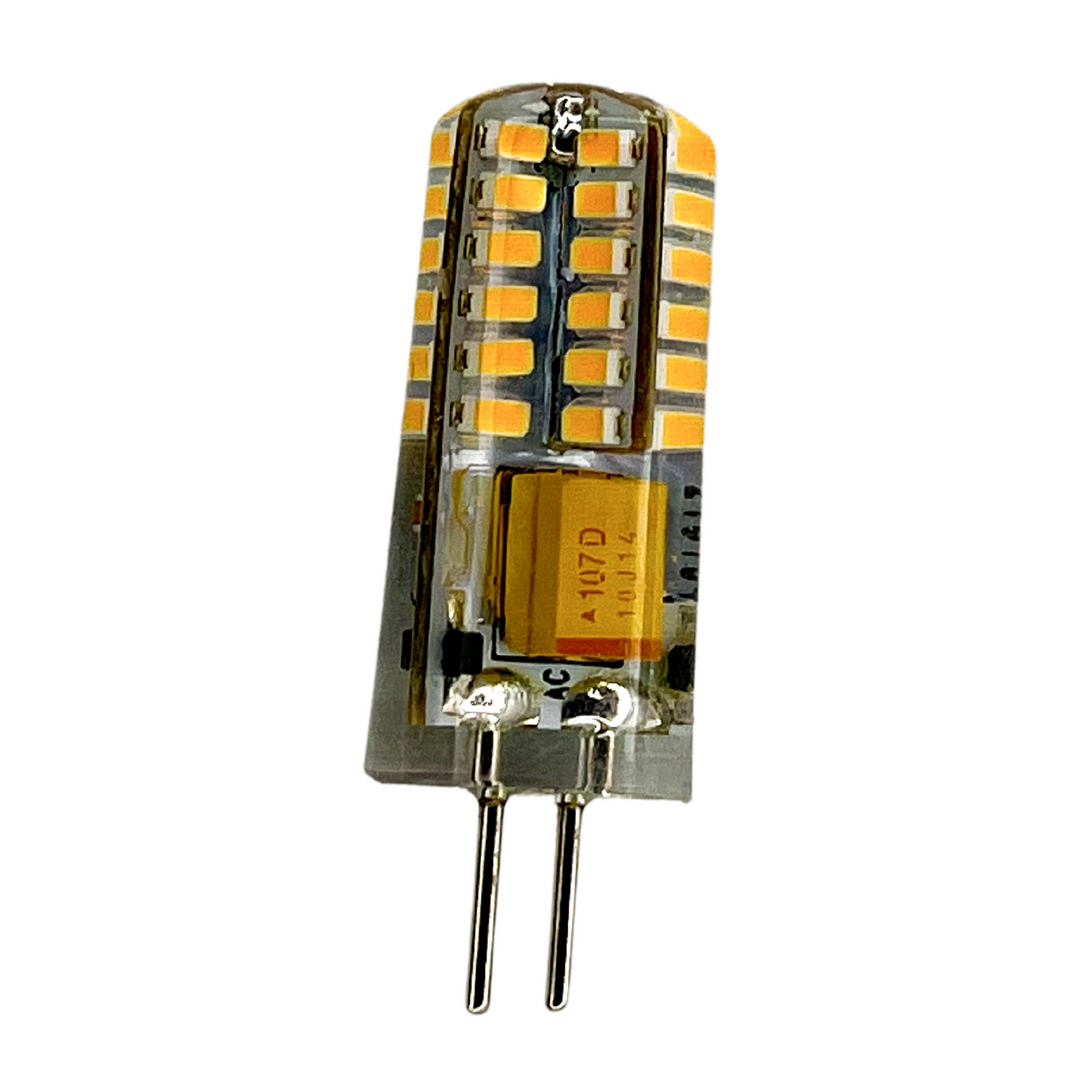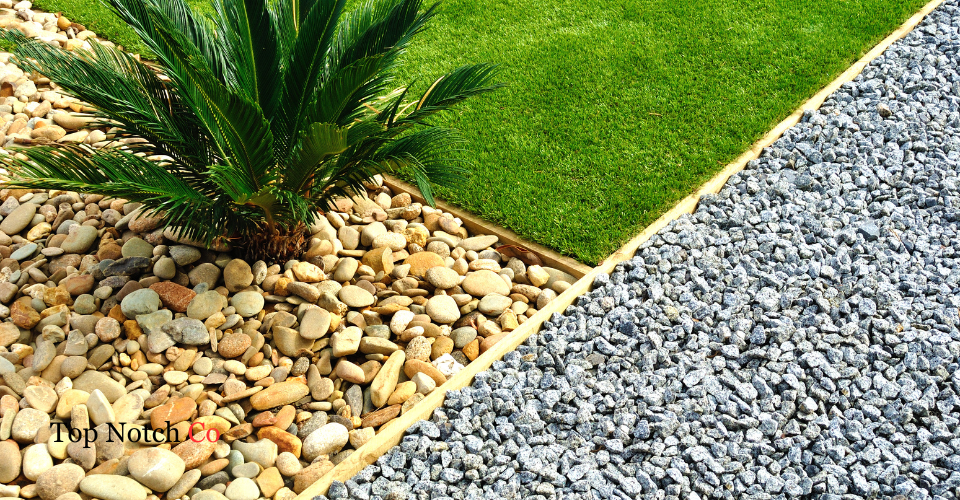
Garden Sprinkler System Repair: Because Nobody Likes a Dry Lawn
|
|
Time to read 7 min
A flourishing garden is a source of pride and joy for homeowners, but maintaining that lushness requires a reliable sprinkler system. When malfunctions occur, they can lead to dry patches, water wastage, and a host of other issues that compromise lawn health and aesthetics. This is why it's important to make sure your sprinkler system is in tip-top shape. Regular maintenance and repairs can go a long way in ensuring that your garden remains healthy and beautiful. From broken sprinkler heads to clogged lines, there are a variety of issues that can arise with your sprinkler system. Fortunately, with the help of a professional, these problems can be quickly identified and resolved. Whether you're dealing with a minor leak or a major system failure, it's always best to leave the repairs to the experts. With their knowledge, experience, and specialized tools, they can efficiently diagnose and fix the issue, saving you time and money in the long run. So don't let a malfunctioning sprinkler system ruin the beauty of your garden. Call in the professionals at Top Notch and keep your lawn looking lush and green all year round.
Garden Sprinkler System Repair: Common Issues and Identification
Leaky Sprinkler Systems
The insidious drip of a leak can be the death knell for your garden's equilibrium. Overwatering can suffocate roots, while adjacent areas thirst for moisture. Vigilance is key; monitor your lawn for irregularities in hydration, and scrutinize your water bills for unexpected increases. Early detection can save you from more costly repairs down the line.
Damaged Sprinkler Heads
Sprinkler heads are the workhorses of your irrigation system, and when they falter, so does your lawn's vitality. Common culprits include physical damage from lawn care equipment or blockages from dirt and debris. Conduct seasonal inspections, looking for heads that are misaligned, damaged, or failing to retract, and take corrective action promptly.
Electrical Issues
A sprinkler system's efficiency hinges on its electrical integrity. Faulty wiring, a malfunctioning controller, or a defective solenoid can lead to zones that won't activate or sprinklers that run haphazardly. Employ a multimeter to verify voltage and continuity. If discrepancies are found, reassess connections and components, and replace where necessary. If electrical work is outside your comfort zone, this might be the time to engage a professional.
Pipe Damage
The labyrinth of pipes beneath your garden is its lifeline. When these arteries are compromised by external pressures or the elements, the consequences can be dire. Signs of trouble include diminished water pressure and soggy areas devoid of any obvious surface damage. In such cases, a thorough inspection to locate and address the damage is crucial.
Repair and Maintenance Tips
Fixing Leaky Sprinklers and Valves
Leaks can emanate from a variety of sources within your system, from the sprinkler heads themselves to the valves and pipes that comprise the network. Begin with a visual inspection to pinpoint the leak's origin. If a valve is the culprit, it may need cleaning, tightening, or replacing. Remember, the key to successful repair is accurate diagnosis; ensure you've identified the root cause before undertaking any repairs.
Replacing Sprinkler Heads and Solenoids
This is often a straightforward task that can significantly improve your system's performance. When replacing a head, ensure it's compatible with your system and correctly positioned to cover the intended area. Solenoids, vital for valve operation, can fail due to dirt accumulation or electrical issues. A replacement involves disconnecting the old solenoid, removing it, and installing a new one, ensuring it's securely connected.
Addressing Electrical Issues
Electrical problems require a methodical approach. After ensuring all connections are secure, use a multimeter to test the system's voltage and solenoid resistance. These tests can reveal if the issue lies with the controller, solenoid, or wiring. If the problem persists despite troubleshooting, consider consulting with an irrigation specialist to avoid further damage to your system.
Maintaining Pipes and Connectors
Preventative maintenance is your first line of defense against pipe and connector issues. Regularly check for signs of wear and tear, and take preemptive action to address minor issues before they escalate. This includes checking for leaks, ensuring all connections are secure, and preparing your system for the changing seasons, particularly winterization to prevent freeze damage.
Professional Help vs. DIY
While many Garden Sprinkler System Repair issues can be resolved with a bit of DIY know-how, there are instances where professional intervention is prudent. This is particularly true for complex electrical issues, extensive pipe damage, or when your troubleshooting efforts don't resolve the problem. A professional can diagnose and repair issues more efficiently, potentially saving you from making costly mistakes.
Seasonal Sprinkler System Maintenance
Maintaining your sprinkler system is not just a one-time task but a year-round commitment. Each season brings its own set of challenges and requirements for keeping your system in top shape.
Spring
Spring is the time to reactivate your system after the winter months. Start by inspecting each component for damage that might have occurred during the cold season. Check for leaks, clean out any debris from the sprinkler heads, and adjust the timers to accommodate the increasing daylight.
Summer
During the peak growing season, your lawn's water needs are at their highest. Monitor your system's performance closely, adjusting the watering schedule as needed to ensure deep, infrequent watering that promotes strong root growth. This is also the time to be vigilant about leaks, as they can lead to significant water waste.
Fall
As temperatures begin to drop, gradually reduce the watering frequency. This is the perfect time to conduct a thorough system check, cleaning filters, checking for leaks, and making necessary repairs before the system is shut down for the winter.
Winter
Winterization is crucial to prevent freeze damage. This typically involves shutting off the water supply to the system and expelling all remaining water from the pipes, valves, and sprinkler heads to prevent freezing and cracking.
Frequently Asked Questions
How do I winterize my garden sprinkler system to prevent freeze damage?
Winterizing your sprinkler system involves shutting off the water supply and draining all the water from the pipes, valves, and sprinkler heads. This can be done using manual, automatic, or blow-out methods, depending on your system. It's crucial to ensure all water is expelled to prevent freezing and cracking of the components.
Can I upgrade my manual sprinkler system to an automatic one?
Yes, upgrading to an automatic system is possible and can offer greater convenience and efficiency. This typically involves installing a timer or controller that operates the valves according to a set schedule. It's advisable to consult with a professional to determine the best approach for your existing setup and to ensure a seamless transition.
What are smart sprinkler controllers, and how can they improve my system's efficiency?
Smart sprinkler controllers adjust watering schedules based on real-time weather conditions, soil moisture levels, and other environmental factors. They connect to Wi-Fi and can be managed remotely through a smartphone app. By only watering when necessary, they can significantly reduce water waste and improve lawn health.
How often should I replace the nozzles and heads of my sprinkler system?
Sprinkler nozzles and heads should be checked annually for signs of wear or damage and cleaned or adjusted as needed. Replacement is typically necessary when they become too worn to function correctly, which can vary based on usage and environmental factors. Regular maintenance can extend their lifespan.
Is it safe to repair my sprinkler system's electrical components on my own?
While basic troubleshooting, like checking connections and ensuring the power supply is functional, can be done safely, more complex electrical repairs should be handled by professionals. Working with electrical components carries risks, and incorrect repairs can lead to further system damage or personal injury.
How can I conserve water while still maintaining a healthy lawn with my sprinkler system?
To conserve water, adjust your sprinkler system to water early in the morning or late in the evening to reduce evaporation. Consider installing a rain sensor to avoid unnecessary watering during wet weather, and ensure your system is properly calibrated to avoid overwatering. Regular maintenance to fix leaks and ensure efficient operation is also key to water conservation.
The Environmental Impact of Efficient Sprinkler Systems
An efficient sprinkler system does more than just keep your lawn green; it plays a significant role in water conservation. By optimizing your system's efficiency, you minimize water waste, contributing to the sustainability of this precious resource. Consider incorporating smart controllers that adjust watering based on soil moisture and weather conditions, ensuring that your lawn receives the water it needs without excess.
Real-Life Success: A Case Study
Consider the story of the Smith family, who noticed their water bills steadily increasing and their lawn showing signs of distress. Upon inspecting their sprinkler system, they discovered several leaky valves and misaligned sprinkler heads. After replacing the faulty components and adjusting the sprinkler heads, not only did their water bills decrease, but their lawn also returned to its former vitality. This example underscores the importance of regular maintenance and the positive impact it can have on both the environment and household expenses.
Here are three practical tips about garden sprinkler systems not mentioned in the article:
1. Seasonal Adjustment: It's important to adjust your sprinkler system settings with the changing seasons. During wet seasons, reduce the frequency and duration of watering to conserve water and prevent overwatering, which can lead to root rot and other plant diseases.
2. System Calibration: Regularly calibrating your sprinkler system ensures it delivers the right amount of water to each part of your garden. Catch cups can be used to measure water distribution and make necessary adjustments, ensuring efficient water use and preventing wasteful overspray.
3. Sensor Integration: Installing rain and soil moisture sensors can significantly improve the efficiency of your sprinkler system. These sensors automatically adjust the watering schedule based on actual soil moisture levels and rainfall, ensuring your garden receives the optimal amount of water.
Our Recommendation
All Things Considered
A healthy, vibrant lawn is a testament to a well-maintained sprinkler system. Regular inspections, coupled with timely repairs, can prevent minor issues from becoming major headaches. Whether you choose to tackle repairs yourself or call in a professional, the goal remains the same: to ensure your sprinkler system functions optimally, providing your lawn with the hydration it needs to thrive. Book Online Now and Get a FREE Quote!










